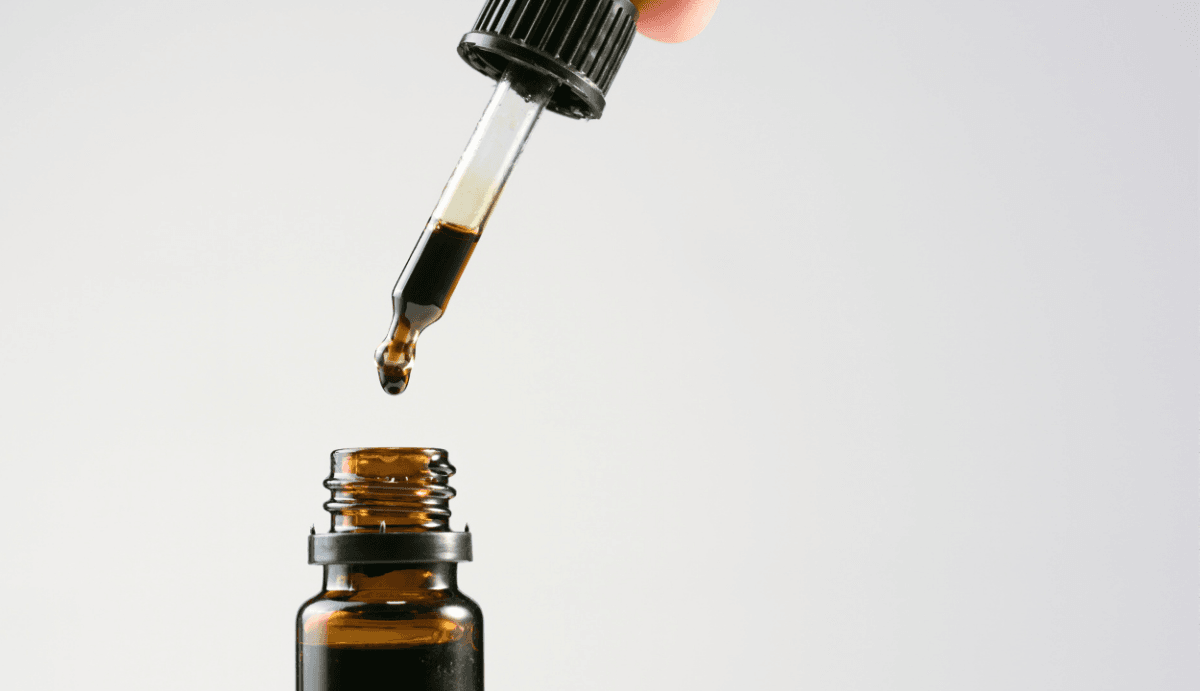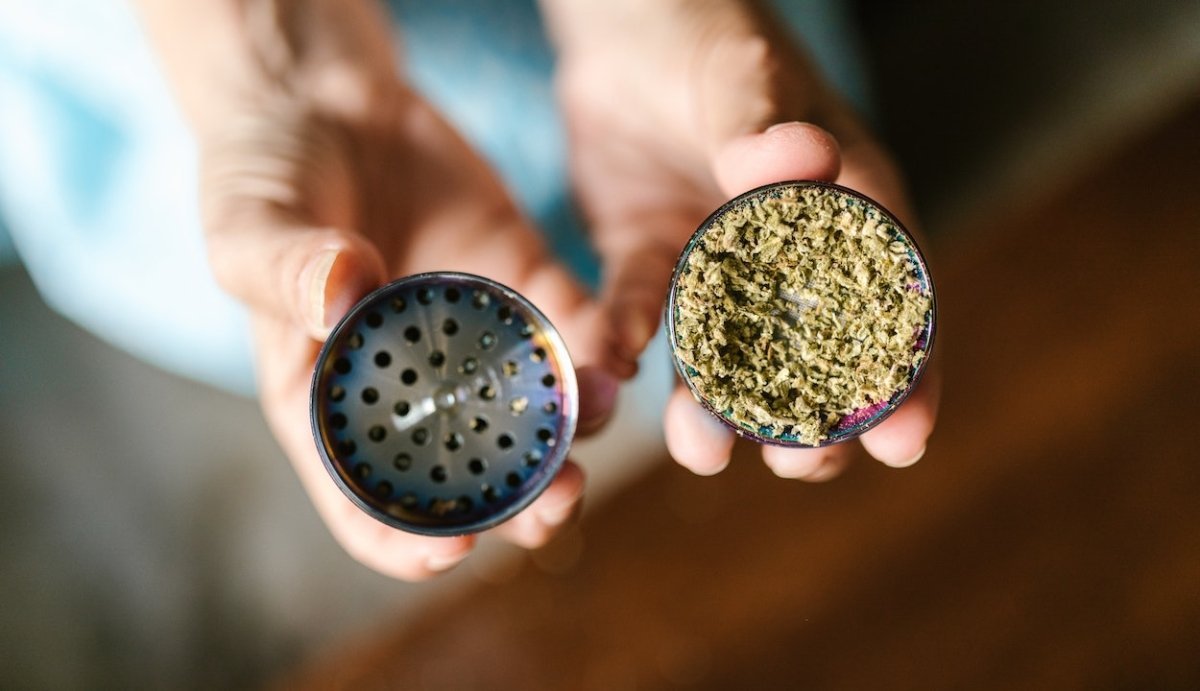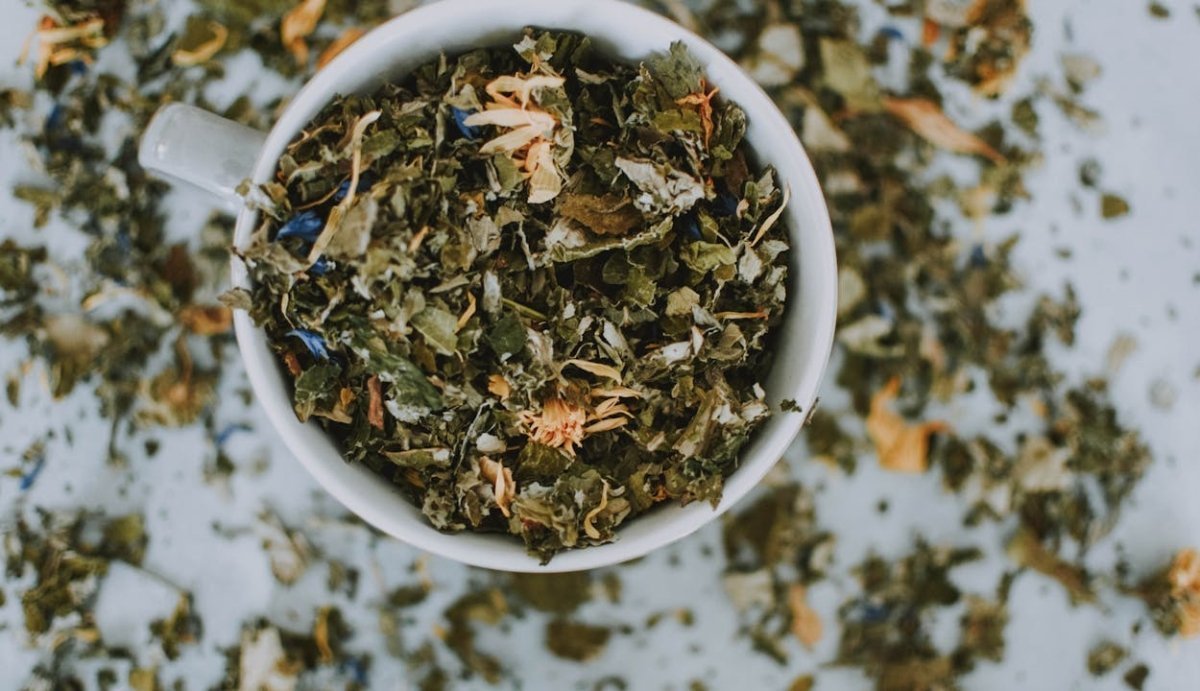Your Cart is Empty
FREE SHIPPING ON ALL ORDERS $75+
The cannabis industry is rapidly evolving, offering a growing range of hemp-derived cannabinoid products. When comparing cannabinoids like CBN vs CBG, understanding their specific differences is key to selecting the right one for your needs.
So, what's the difference between CBN and CBG? The primary distinction lies in their effects and uses. While both cannabinoids are known for their calming effects, CBN vs CBG benefits chart reveals that CBG is often associated with mood enhancement and general well-being, whereas CBN is commonly used for its potential sedative properties.
Choosing between CBN and CBG can be straightforward once you know their unique benefits. This guide will help clarify their differences and how to use them effectively.
Table of Contents
What is CBG?
What is CBN?
Effects
Benefits
Legality
Price
Dosage
Accessibility
Do CBG or CBN Have any Side Effects?
Do CBG or CBN Show Up on a Drug Test?
Do CBG or CBN Make You Feel High?
CBG vs CBN–Which is Best?
CBG vs CBN Effects: CBG is stimulating and mood-regulating, while CBN is known for its relaxing and sleep-supporting properties.
Legal Status: Both CBG and CBN are derived from hemp and are federally legal in the U.S., but product quality varies due to limited regulation.
Choosing the Right Product: Depending on your needs, you may benefit from using either CBG or CBN alone, or a combination of both for a tailored wellness approach.
CBG and CBN are both very similar in some ways, like being synthesized within the cannabis (and hemp) plants, and both being available in concentrations large enough that they can be extracted directly from hemp flower and even biomass material.
Plus, both of these cannabinoids are known to interact with both primary receptors within the Endocannabinoid System–the CB1 and CB2 receptors–so they have a similar range of effects. Of course, there are plenty of differences to break down, so first we’ll dig into each cannabinoid separately:
CBG, or cannabigerol, is the primary cannabinoid made from CBGA, or cannabigerolic acid. CBG is sort of incredible–it’s the precursor to almost all of cannabis’s cannabinoids. In other words, CBGA is the precursor for CBG, but also CBD, THC, and many other minor cannabinoids, depending only on the type of enzyme it comes in contact with that forces conversion.
Typically, cannabis plants only have a small amount of CBG because of this diverse conversion process, so CBG needs to be harvested from the plant early on in the growing cycle.
On the other hand, CBN, or Cannabinol, is a cannabinoid that’s prominently found late in the growing season. The reason for this is because CBN is a product of THC degradation, meaning it is produced as THC is broken down by environmental factors, mainly UV light exposure (sunlight).
Now that we’ve highlighted what these two cannabinoids actually are, here’s how they compare:

CBG is thought to be useful for soothing inflammation and pain, though research regarding these benefits is limited. Still, it’s usually described as having mildly energizing, but calming effects. Many people enjoy CBG as a mood-enhancing supplement that helps to support endurance and vitality.
CBN’s effects are thought to be more soothing and relaxing, and most of CBN’s therapeutic effects center around sleep and pain relief, although more research is needed to fully understand these potential benefits.
CBN, as a product of THC degradation, is also very mildly psychoactive, though not to any notable extent that will make you feel high. It does, however, share one quality with cannabis-derived THC–it stimulates appetite.
According to the limited research available, both CBG and CBN have different therapeutic potentials.
Research interest for CBG centers mostly around the following conditions:
On the other hand, these are the areas of research interest concerning the benefits of CBN:
Keep in mind that neither CBG or CBN have every been FDA approved for treating any health conditions, and more research is needed before we will fully understand the potential health benefits of either cannabinoid.
Read “What are the Benefits of CBG?” or “CBN Benefits” to learn more.
Both CBN and CBG can be sources from either high-THC cannabis material (marijuana) or hemp material. If CBN and CBG are sources from federally legal hemp material, then they are federally legal under the definitions used in the 2018 Farm Bill. That means that both cannabinoids are accessible across the country and are usually legal in every state where CBD is legal.
Both CBG and CBN are more expensive than THC and CBD. This is simply because CBN and CBG are both minor cannabinoids, meaning they are naturally available in smaller concentrations and take a lot more hemp to produce. Because they are harder to manufacture, there are less products available (low supply), creating higher demand, which also allows manufacturers to charger higher prices.
Of course, you can still find fairly prices CBG and CBN products, you just need to shop around and weigh both quality and price. In general, CBN and CBG products can cost anywhere from $0.06 to $0.20 per milligram, though you may save money when buying in larger quantities.
Aside from effects, dosage is one of the primary areas where CBG and CBN differ. Of course, many manufacturers advertise very low-potency doses simply because their products have a low concentration of these hard-to-acquire cannabinoids. By advertising a very low dosing threshold, it makes their product look more desirable.
Of course, it’s not all smoke and mirrors. Just like these cannabinoids are available in small concentrations in the cannabis plant, they only need to be used in small concentrations to experience their benefits–much smaller amounts than you’d likely take if you were regularly taking CBD.

CBN is one of the most “potent” minor cannabinoids there is–and most people can enjoy benefits from doses between 5 and 20 milligrams.
In fact, many people enjoy great benefits from a combination of 10-30 milligrams of CBD with 5-10 milligrams of CBN. These two cannabinoids are thought to have some serious synergy that’s more soothing and relaxing than either cannabinoid is on its own.
CBG, on the other hand, has a slightly higher dosing threshold, and an average dose is between 20-30 milligrams. Finding a pure CBG product, like a CBG isolate, is much more common because CBG has substantial benefits when used on its own.
We mentioned already that CBG and CBN were both minor cannabinoids. That means that they are not the predominant cannabinoids found in cannabis, rather they are found in very small concentrations. Of course, CBG is much more accessible in hemp than CBN for one primary reason–hemp, by definition, has a very low THC concentration. Since THC is the precursor to CBN, this automatically translates to a very small CBN content.
Alternatively, CBG can be found in all types of cannabis material, whether marijuana or hemp, but begins to degrade as the plant matures. Young hemp plants can contain up to 30% CBG, but a fully mature plant may contain 2% CBG or less.
This low concentration in the cannabis plant, fortunately, doesn’t really translate to low accessibility within the hemp market. Although there is significantly less variety available for both CBG and CBN when compared to CBD and THC products, they are still very accessible and you can find both products easily online. In fact, we have both a CBG Mood & Focus Tincture and a collection of CBN + CBD products, each made to the same stringent quality standards as our Vitality CBD Collection.
You should, of course, be wary of poor-quality hemp formulations and learn how to verify the quality of a CBG or CBN product before you buy (but we’ll touch more on this below).
Both CBG and CBN are known to be relatively safe with a low public safety risk when used at responsible doses. Of course, every person’s endocannabinoid system is different, and every consumer should expect to experience their own unique range of effects when using either CBG or CBN. In other words, side effects are rare and mild, but they can happen. The most common side effects associated with these hemp-derived cannabinoids may include:
You may want to read “CBN Side Effects” to learn more.
In general, CBG and CBN are unlikely to show up on a rug test. However, you run a higher risk with CBN, which is a product of THC degradation. Drug tests look for a specific THC metabolite. Since CBN and THC have a similar structure, it’s possible that large doses can interact with drug tests. It’s also possible that CBN products could be contaminated with THC.
In general, you should approach hemp-derived cannabinoids with caution if you are subject to drug tests. Always check third-party test results to ensure that the product contains less than the legal amount of Delta-9-THC, which is 0.3% by dry weight. Also keep in mind that hemp-derived THC products will trigger a positive test result just like marijuana derived THC will.
CBG is non-intoxicating, meaning it doesn’t have the potential to make you feel intoxicated, no matter how much you take. CBN, on the other hand, does have very mild intoxicating effects. However, these effects are only a fraction as potent as traditional THC (about ten times less potent), and you won’t feel high taking normal, moderated doses of CBN.

If you’re looking at these two cannabinoids–CBN vs CBG–and wondering which is best, the answer is–it depends on you. CBG and CBN are two very different cannabinoids with their own unique range of effects, and you’ll need to look at your own needs to determine which of these cannabinoids are best for you.
To put it simply–CBG may be best if you need uplifting, mood-regulating benefits, while CBN may be better for supporting sleep and helping you unwind. In some cases, you may find that a combination of the two (CBG in the day, CBN at night) may provide the most benefit for you.
Check out our Clarity CBG Mood Tincture or our Dream CBN + CBD Collection.
Both CBG (Cannabigerol) and CBN (Cannabinol) have unique benefits, so one isn’t necessarily "better" than the other. CBG is often associated with anti-inflammatory and neuroprotective properties, while CBN is typically known for its calming effects, making it more suitable for sleep support. The "better" choice depends on your specific needs.
CBN is more commonly used to help with sleep due to its sedative effects. CBG, on the other hand, is not typically associated with sleep but may help with relaxation and stress.
CBG is believed to be effective for reducing inflammation, supporting brain health, and improving focus. It's also being studied for its potential role in managing conditions like glaucoma, inflammatory bowel disease, and bladder dysfunction.
Yes, both CBG and CBN may offer pain-relieving benefits. CBG’s anti-inflammatory properties can help with pain management, while CBN’s calming effects may make it useful for alleviating discomfort and promoting relaxation.
A CBN "high" is very mild and not as psychoactive as THC. People often describe it as a calming, relaxing sensation without the intense euphoria associated with THC.
Yes, CBN is commonly known for its sedative properties and is often used to promote sleep and relaxation.
Comments will be approved before showing up.



